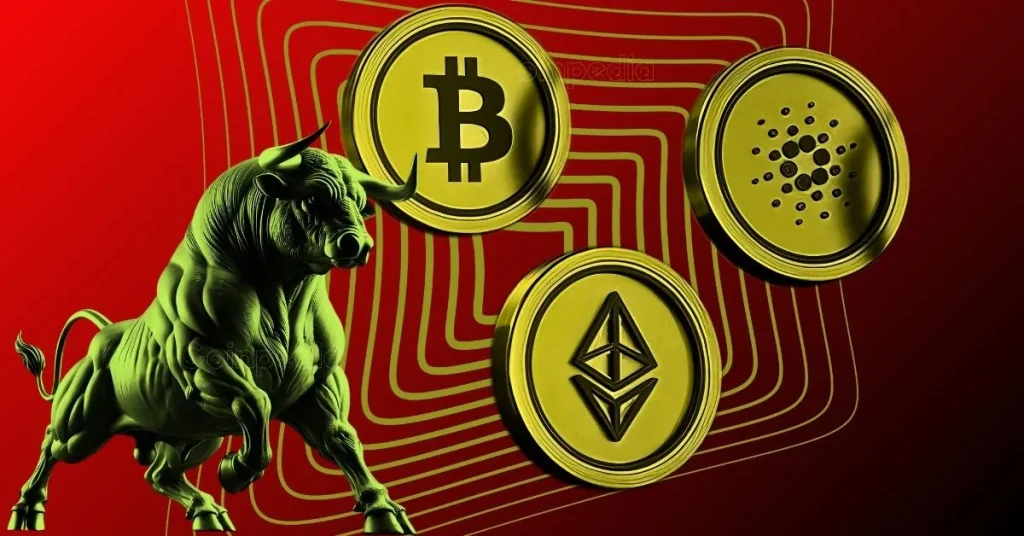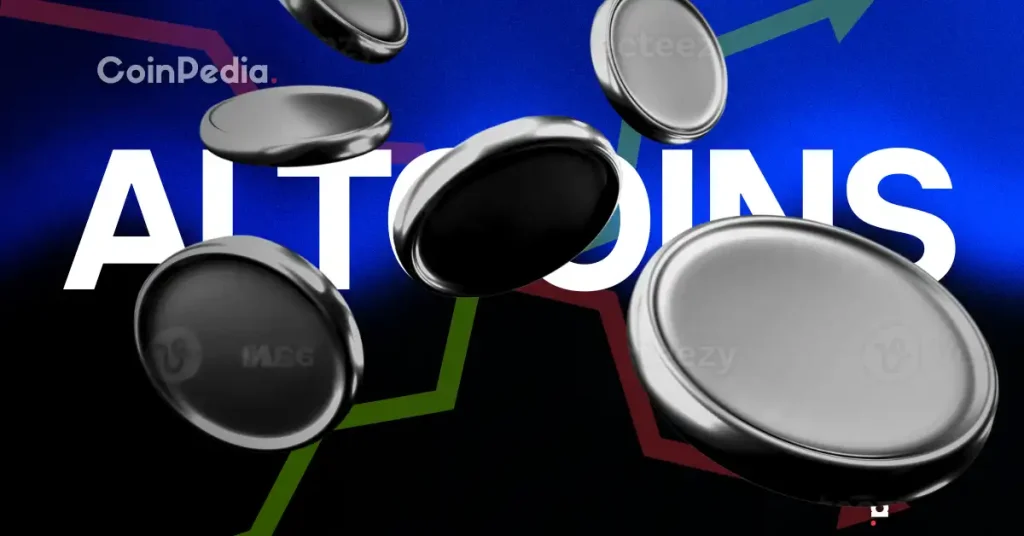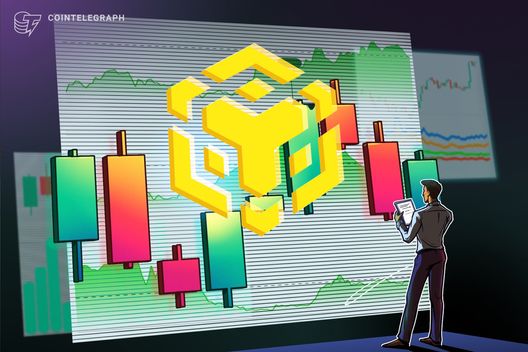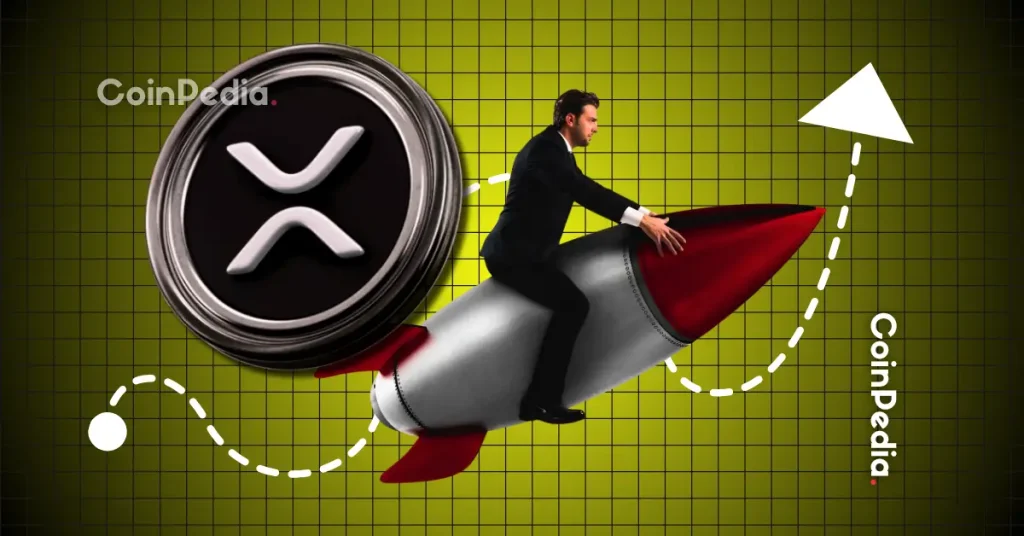According to Goldman Sachs, the U.S. stock market hasn’t hit bubble levels yet, even with tech prices surging off the back of the artificial intelligence boom.
But the bank warned that investors should not get reckless. As everyone piles into stock tied to AI, the message from Goldman is simple: don’t be the last idiot holding the bag.
AI is everywhere. Corporates are scrambling to talk up their strategies, money is flooding into anything with AI in the pitch deck, and governments are rushing to build their own AI supply chains. The stock market has responded like it always does when people think they’re about to get rich, by going vertical.
The Nasdaq Composite is now up over 27% in the past year, with tech names exploding. That includes companies building AI and those just claiming to be part of the ride.
The frenzy has triggered fears that this might be the dot-com bubble all over again. Big-name investors are split. Some say we’re already in the middle of a blow-up.
Goldman compares past bubbles to AI-driven stock rally
In its note, Goldman’s strategists explained how bubbles usually form. There’s some big innovation, then a mad rush of investor money, new companies pop up, prices spike, and suddenly you’re knee-deep in systemic risk.
They said what’s happening now has “elements” that sound familiar, like super-high valuations, huge market concentration, companies spending more to stay on top, and vendor financing sneaking in. But they argued this still isn’t the same thing.
“There are elements of investor behavior and market pricing currently that rhyme with previous bubbles,” the team wrote. “However, we see key differences.” According to them, today’s rally is driven by real earnings and growth, not wild guesses.
The companies leading this (you know, Meta, Microsoft, Google, and Nvidia) all have solid balance sheets. That’s a key reason Goldman isn’t throwing the word “bubble” around.
They backed this with numbers. Goldman said the combined value of the so-called Magnificent 7 in 2025, based on price-to-earnings ratios, is just a little over half of what the tech sector was worth during the 2000 peak.
“Valuations of the technology sector are becoming stretched,” they wrote, “but not yet at levels consistent with historical bubbles.”
But even with all this talk of calm, Goldman still told investors to chill out and diversify. “There are good reasons to diversify portfolio exposures to offset the concentration effect,” the note said, though it didn’t go as far as calling the current situation excessive.
David Solomon and Paul Tudor Jones issue blunt warnings
Despite Goldman’s measured tone, its CEO David Solomon made it clear things might not stay quiet. At Italian Tech Week in Turin, he said the stock market is overdue for a correction.
“Markets run in cycles,” David said. “Whenever we’ve historically had a significant acceleration in a new technology that creates a lot of capital formation… you generally see the market run ahead of the potential. There are going to be winners and losers.”
Meanwhile, Paul Tudor Jones, the billionaire hedge fund boss, didn’t hold back either. On CNBC’s Squawk Box, Paul said he’s expecting a final surge before the music stops.
“My guess is that I think all the ingredients are in place for some kind of a blow off,” he said. “History rhymes a lot, so I would think some version of it is going to happen again. If anything, now is so much more potentially explosive than 1999.”
That kind of talk has some investors running straight to “safe havens.” On Tuesday, gold hit $4,100 an ounce for the first time ever, as fears of a bubble pushed people to hedge their bets. Of course. the OG crypto Bitcoin is also getting some of that love, as it smashed $127,000 just a few days ago.
If you're reading this, you’re already ahead. Stay there with our newsletter.
















 English (US)
English (US)